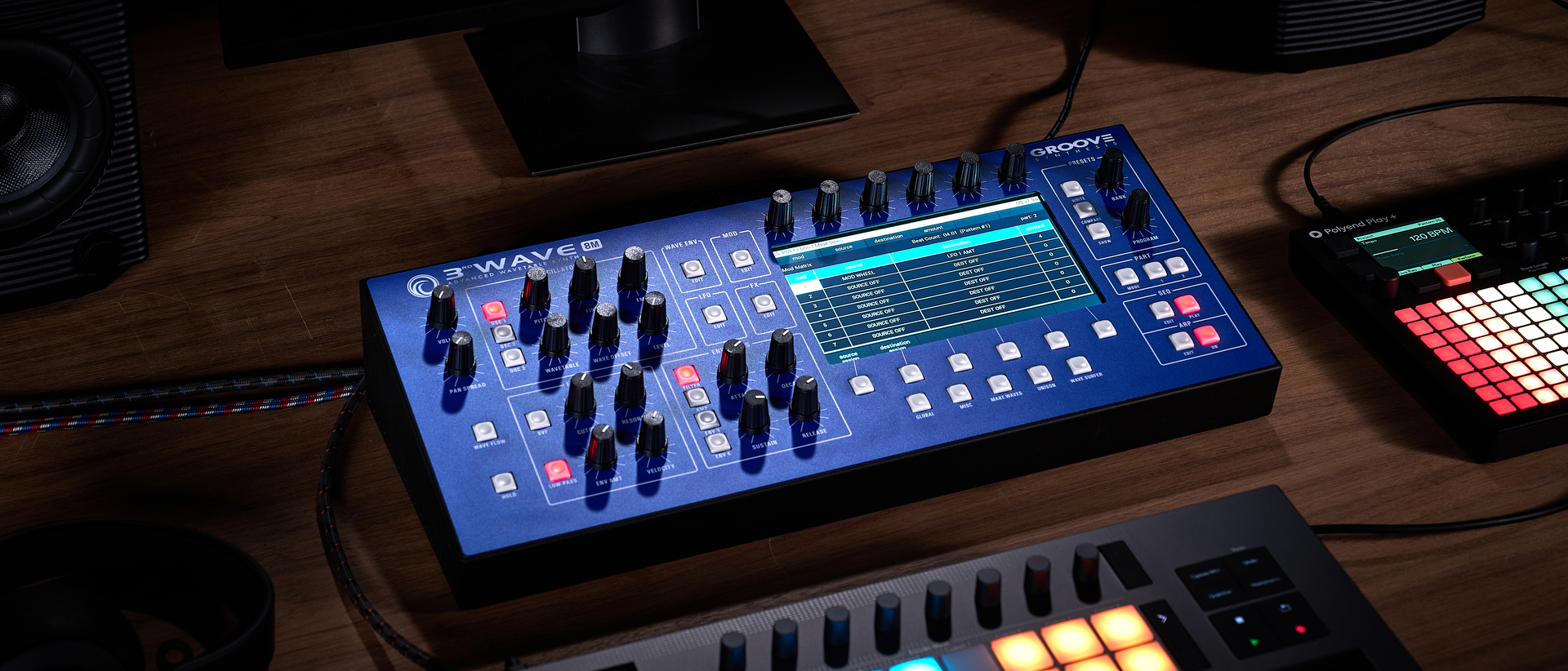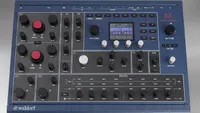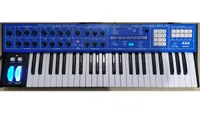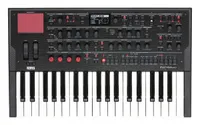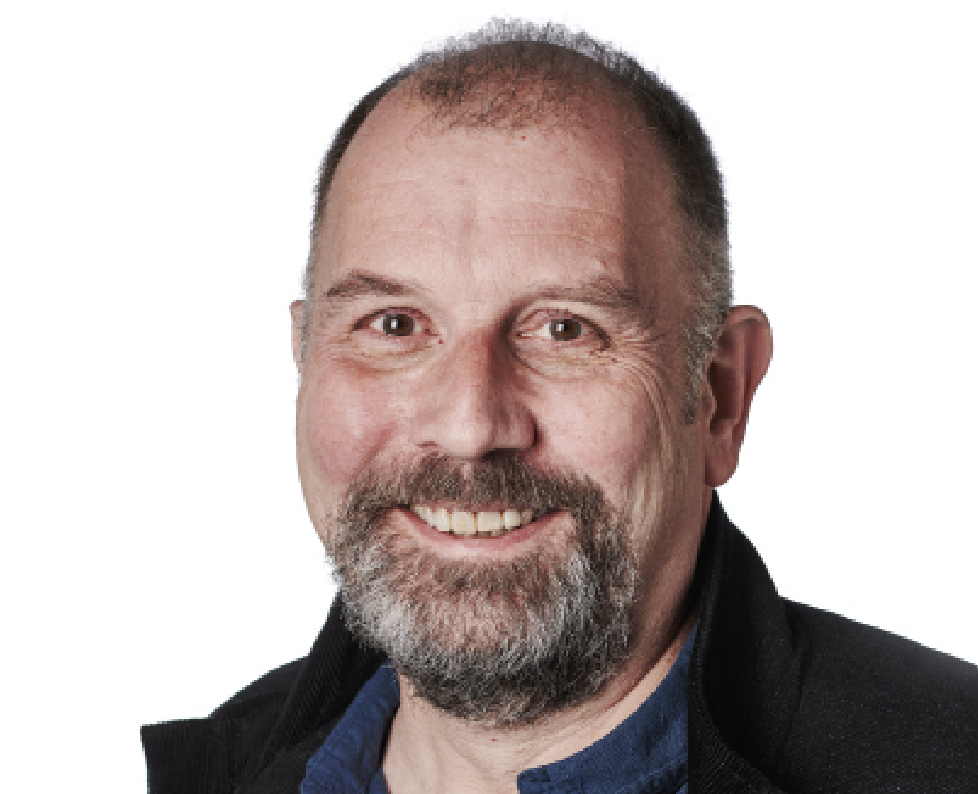MusicRadar Verdict
3rd Wave 8M is a tantalising and cost-effective entry point to the guts of one of the great synthesizers of our time. The bigger module is still a better buy, but this half-price beast delivers the same sonics, but over fewer voices, and also delivers the same workflow, aesthetic and sonic flexibility of its way more expensive relations.
Pros
- +
Same sound and character as the original 3rd Wave.
- +
Incredible hands-on modulation and synthesis.
- +
Very easy to use, considering the power.
Cons
- -
Only eight notes of polyphony.
- -
Can’t upgrade polyphony.
MusicRadar's got your back
What is it?
Groove Synthesis first hit the headlines a couple of years ago with its frankly astonishing and very headline-grabbing 3rd Wave synth. That monster keyboard (and module) is an homage to the mighty PPG Wave, a ground-breaking wavetable synth developed by Wolfgang Palm in the ‘80s. With 24 voices of polyphony, four parts of multitimbrality, and four engines – that not only emulate the original PPG but add analogue and new waveforms – we concluded that 3rd Wave is very much more than a v3 PPG, and is actually close to the top of the synth pile in the 2020s.
3rd Wave is essentially four synths in one, with enough polyphony to deliver plenty of notes for each, but the full keyboard version does cost a lot at $5,250/£4,999/€4,999. The rack module is the one which we heartily recommend, because it’s at least a grand less than the keyboard at $3,750/£3,499/€3,999, but packs the same sonic punch.
However, the 3rd Wave story now has another chapter with the new, cheaper 3rd Wave 8M module, which, according to Groove Synthesis, is not “a watered-down version of 3rd Wave” as it utilises the same engine and signal path. However, when you dig into the specs, you’ll discover that while the engine remains, it has half the multitimbrality (two parts) and a third of the polyphonic voices (eight). Mind you, at ‘just’ £1,999 it could well deliver a lot of the 3rd Wave power you need for a fraction of the original cost.
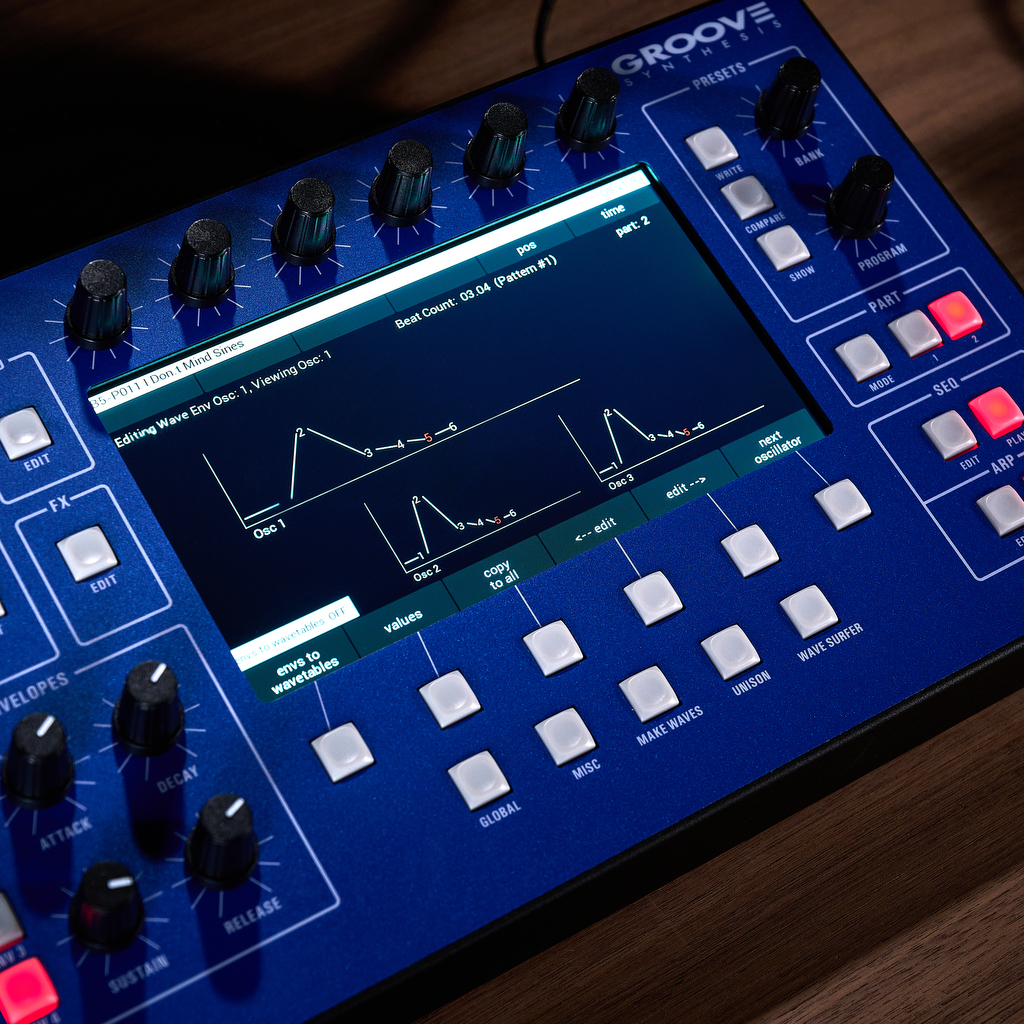
Performance
Like its older siblings, 3rd Wave 8M has a wavetable core followed by an analogue signal path, plus many synth extras that include a very easy-to-use sequencer, arpeggiator, effects and 16-slot modulation matrix.
You get three oscillators per voice capable of generating four types of wavetables, each with 64 waveforms. The first are 36 classic PPG-legacy ‘P’ wavetables, all lifted from the original PPG2.2 and 2.3. Next is a set of 48 custom ‘U’ wavetables created specifically for 3rd Wave, and all recorded at a higher 96kHz resolution, so best utilised if you don’t want the crunchier sound of the originals. Here, you also get 16 slots to upload your own, including Serum-compatible wavetables, using the Wave Maker software, which is quick and relatively easy to do.
A third ‘analogue’ or ‘A’ set of wavetables has seven popular subtractive synthesis options like sawtooth, square/ pulse, triangle, sine, supersaw, plus two continuously variable waves. Finally, a recent big addition to the 3rd Wave operating system (introduced at v1.8) is a set of ‘S’ locations for multi-samples. You can upload up to eight sets of multi-samples with a total of 35 seconds at the maximum 16-bit/48kHz resolution.
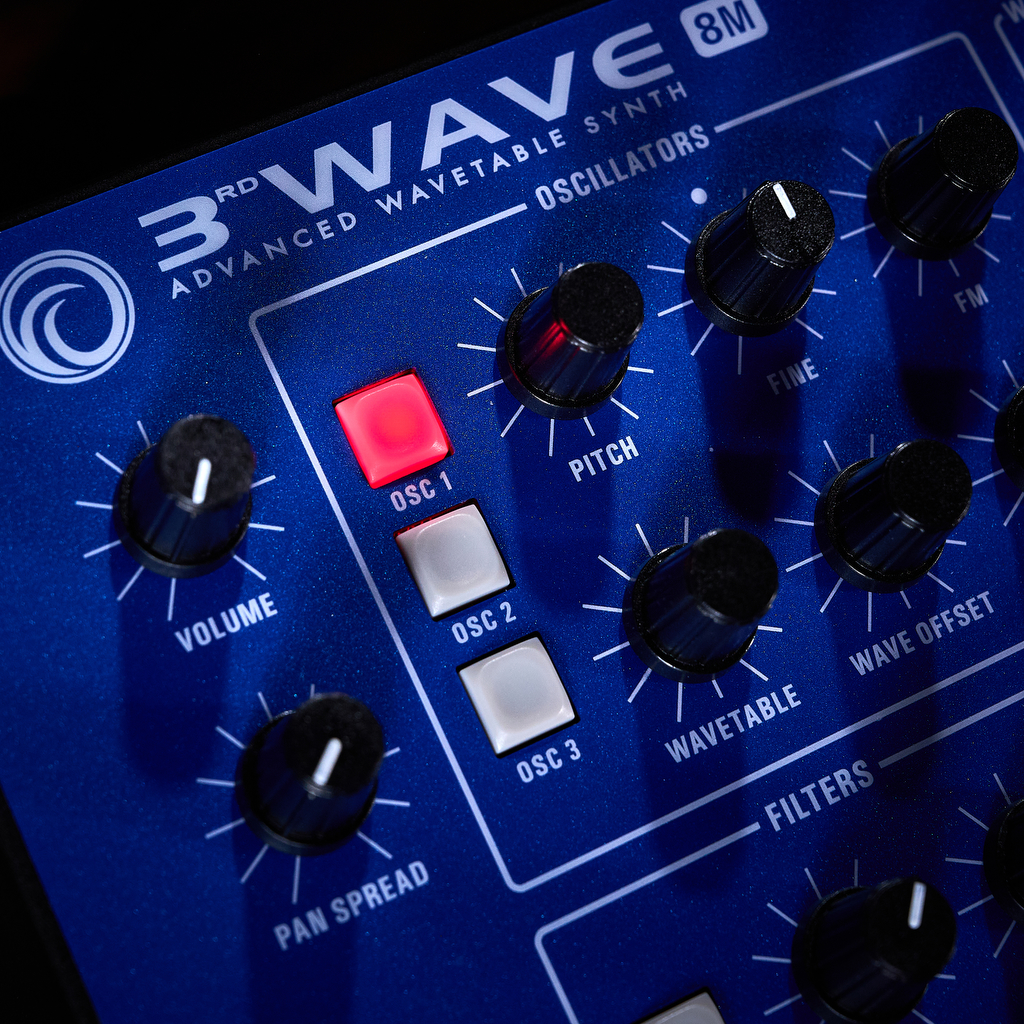
We like the restriction here – you only get sampling memory of 3.3MB – as it will very much put you in the sampling mindset of reducing sample resolutions (you can go down to 10kHz and 8-bit) to free up the space available, resulting in some wonderful, low bit-rate sounds. It’s like Groove Synthesis has put you back in the time of the original PPG when restrictions actually ended up increasing creativity.
Want all the hottest music and gear news, reviews, deals, features and more, direct to your inbox? Sign up here.
Samples can be loaded in and then edited (looped, tuned, and set up start and end points) with one of three methods: by recording directly via the Audio In connection; transferring .wav files via USB from your computer; or using .pgdata files which have the sample data set up as programs, so you’d typically find these fully formed options in Groove Synthesis’ own library, downloaded via its support page.
With this sampling addition to an already weighty wavetable engine, which, we must be reminded, also covers your analogue needs, 3rd Wave is truly one of the most flexible synths on the market, and 8M brings all of this to the table, bar, of course, that reduced polyphony and multitimbrality. The next question is then: has anything else been sacrificed?
At first glance, there are way fewer controls on 8M, but that is not as bad as it might appear. The original was positively full to the brim with controls, almost one per function, which made it a dream to use. Here, there are fewer options for everything, but you get additional switches to assign them to different tasks.
On the original machine, the filters, for example, have six individual controls for each of the state-variable and low-pass options, but with 8M you get four rotaries switchable between the two. It’s less hands-on, yes, but you probably won’t miss the extras on the more expensive 3rd Waves. And besides, a much larger 7.1-inch screen makes up for it to a certain extent. This uses a similar ‘shared rotary’ system where the six knobs above the screen control different parts of the synth, selected with six buttons below or others around the fascia. It’s brilliant in its simplicity, and helps make controlling the synth almost as intuitive as the original, certainly maintaining 3rd Wave’s reputation as a powerful but easy synth to use.

Looking at the other original features, most are present and correct, including the vital Wave Envelope, a 6-stage editor that lets you navigate around the wavetable loaded in each of the three oscillators, so you can choose to generate from a single cycle or position, or a range for different evolving and dynamic results. Similarly, the Wave Flow option is also on 8M, which you can think of as your DeLorean time travel option. It allows you to either retain the gnarl of the original waves by keeping the audible stepping between waves in a wavetable, or, rather like modern waveform interpolation, uses Wavetable Smoothing to lessen the stepping effect between waveforms to result in a higher quality 2020s sound. The Wave Surfer option is also retained, which allows you to move through the wavetables (bar the analogue ones) loaded in all three oscillators simultaneously according to a start position or offset position you have selected.
We should briefly mention some of 8M’s other features that it shares with its expensive relations. We’ve touched on the sequencer, which is a joy to use – with everything controlled and selected around that large screen – as is the arpeggiator. Modulation is deep but easy to implement with 16 assignable slots, 12 additional fixed-source slots, 27 sources, and 126 destinations all, once again set up via very easy switch and dial combinations around the screen.
Finally, a quick note on that multitimbrality. While you don’t get four parts as on the original 3rd Wave, the two on offer here are powerful, as you can combine two different effects and a sequencer track for each to either create very complex performances or a couple of individual ‘two synths in one’ sounds for different tracks. Again, how this is implemented is simplicity in itself – just hit one or both parts in the Mode area to the right of the screen and 8M will automatically assign four notes to each part or eight if you are only working in one. It’s dynamic too, so if you need seven voices in one part, you’ve got it, and is yet another simple workflow that underlines the years of experience the team at Groove Synthesis has in synth design.
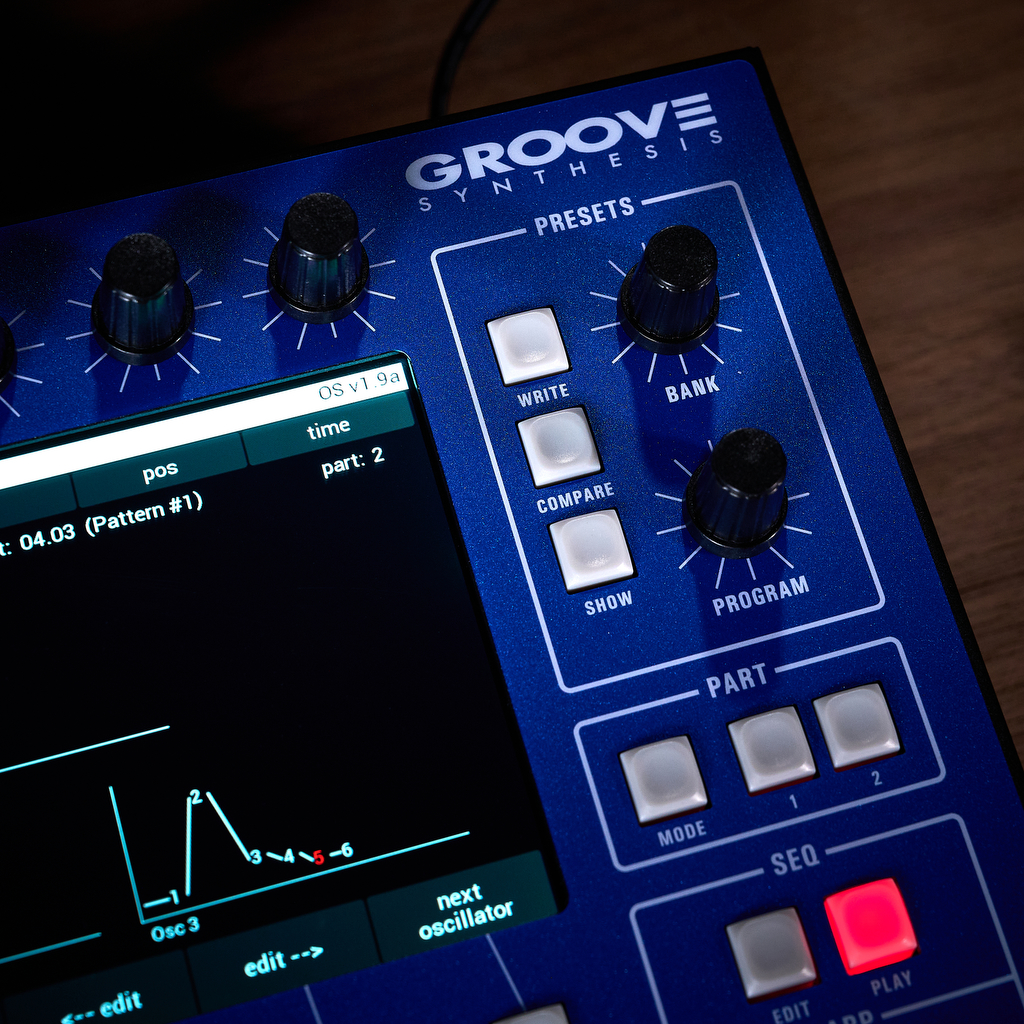
Verdict
Really, the only stats you need to consider when weighing up which 3rd Wave to buy are your required polyphony and multitimbrality, as the core wavetable sound and flexibility across the range are the same. Eight voices of polyphony will be enough for most tasks – these are big voices after all, with each one still having the same three oscillators, analogue filters, four envelopes and LFOs of the original.
However, while its bigger siblings are vastly more expensive, they – as we stated in our original review – can get you an entire song’s worth of sounds, spread over four multitimbral parts and 24 notes. 8M will be making a large contribution to that song, but with just two multi-parts, probably not everything.
That said, 8M is packed with classic and new sonic monsters, of which eight voices will surely get you the walls of sound you require. While we haven’t delved too deeply into that sound here (read our original 3rd Wave review for more on that), rest assured that you get everything from those more ‘rugged’ classic PPG sounds, to smooth evolving pads, sharp leads and bold basses, and even the relatively low eight notes go a long way over two multi-parts.
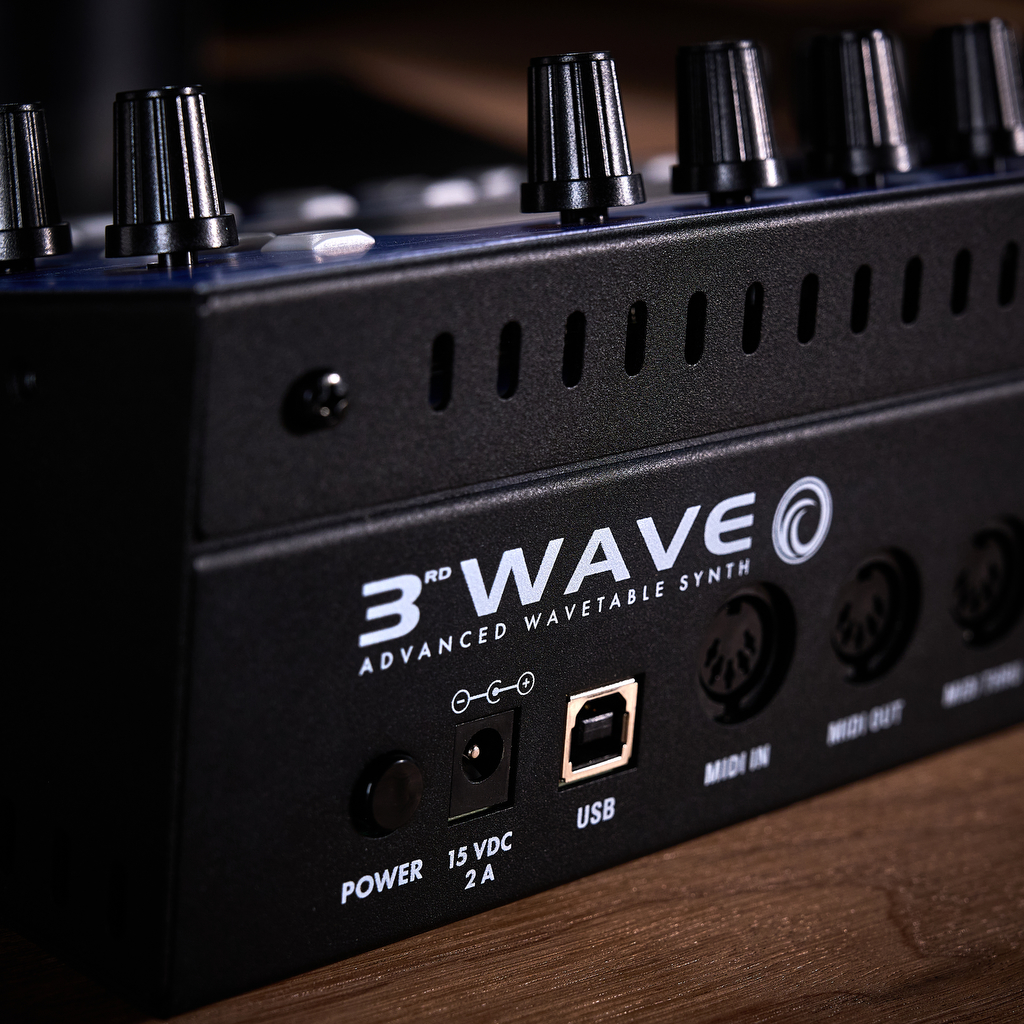
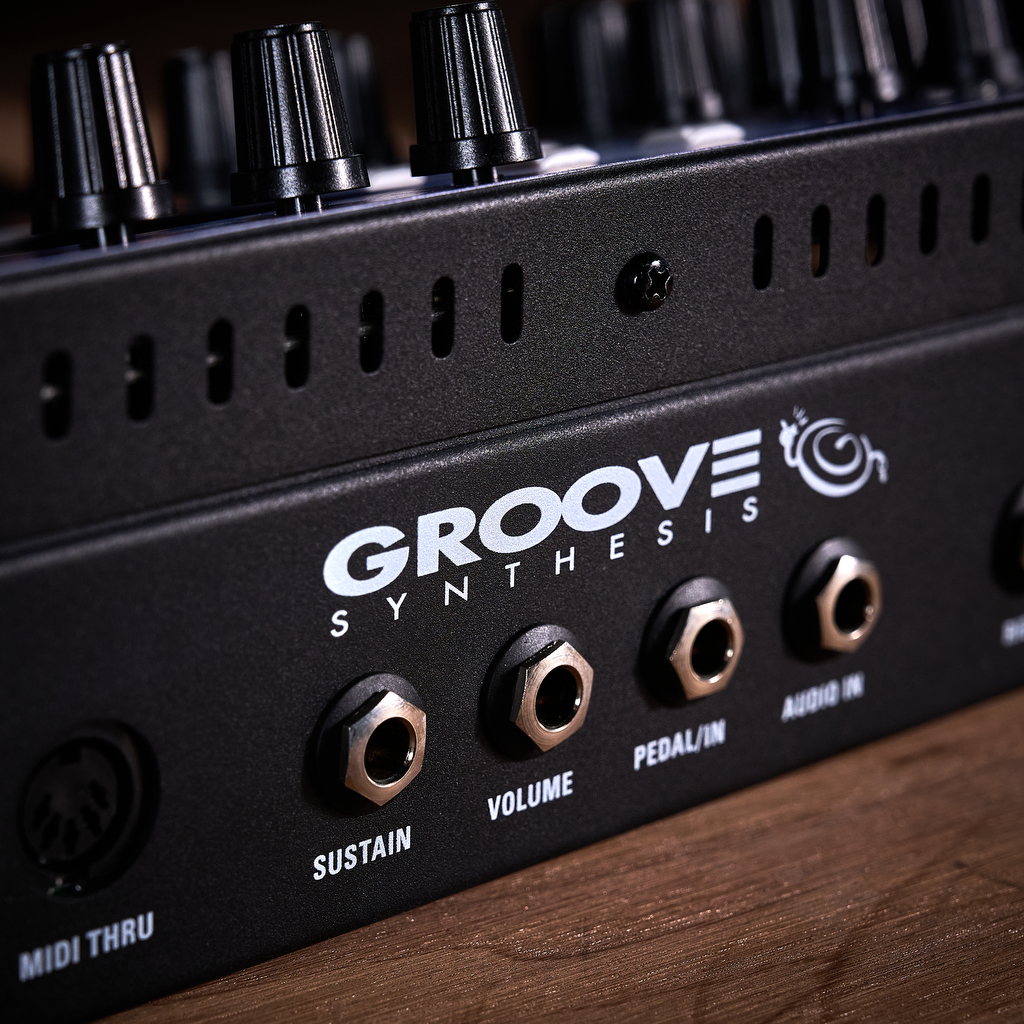
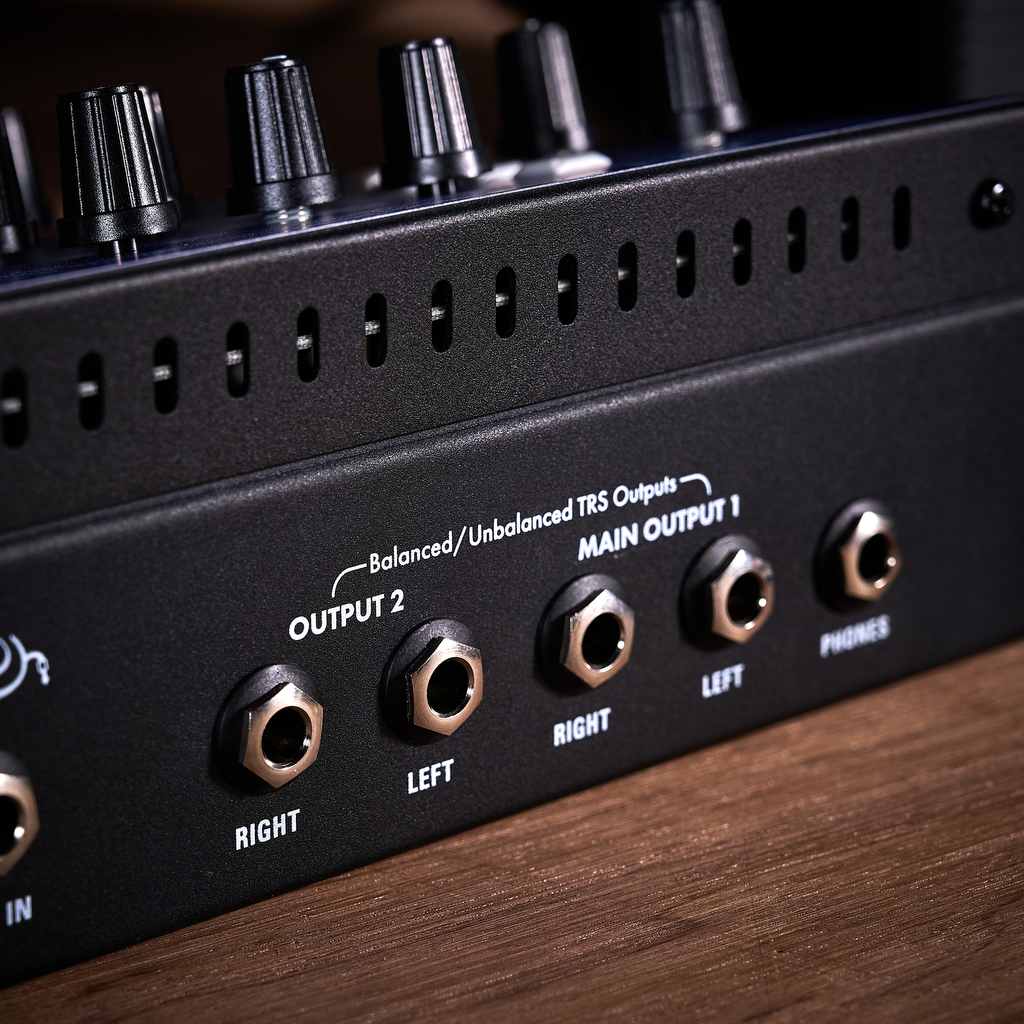
So it simply comes down to cost versus notes. On paper, you still get the most amount of voices per buck with the original module, so that would seem like the ideal purchase, but to get decent change from two grand for the sounds, brilliant ease of use, and easy wavetable workflow that 8M offers is exceptional.
It’s another great wave to surf from Groove Synthesis – its third 3rd Wave no less – and whichever way you look at it, you can now get a taste of Groove’s classic and modern wavetable synthesis for way less outlay.
Hands-on demos
Groove Synthesis
Alternatives
This is pretty much the closest synth spec and price-wise, even down to the eight notes of polyphony, although you get four parts of multitimbrality.
Read the full Waldorf M review
Crazy cheap and eight voices of polyphony, but few of the modern flourishes found on 3rd Wave, as it focuses more on the original PPG.
Read more about Behringer Wave
Not exactly a direct competitor, but one of the best wavetable synths on the market with an incredible 60 notes of polyphony.
Read the full Korg Modwave review
Specifications
Price | $1,999 / £1,799 / €1,999 |
Key features | 8-voice wavetable synth with two wavetable, virtual-analogue, FM, and sampling-based synthesis engines 2-part multitimbral, three oscillators per voice, and two digital effects per part Four sets of 64-position wavetables: 36 classic, 48 custom (plus 16 user), 7 analogue, 8 sample Analogue LP filter plus SEM-style state-variable filter, 4 envelopes 4 LFOs 500 factory programs (all re-writable) 16-slot modulation matrix per part Sequencer: 24 patterns, 32 measures Connections: 4 audio outs (standard TRS, 1 pair per multi part), headphone out, Sustain, Volume, Pedal 2 and Audio in, MIDI in/out/thru, USB (for MIDI) |
Dimensions | (L x W x H) 53 x 29 x 20cm |
Weight | 4.8kg |
Contact |
Andy has been writing about music production and technology for 30 years having started out on Music Technology magazine back in 1992. He has edited the magazines Future Music, Keyboard Review, MusicTech and Computer Music, which he helped launch back in 1998. He owns way too many synthesizers.
You must confirm your public display name before commenting
Please logout and then login again, you will then be prompted to enter your display name.
